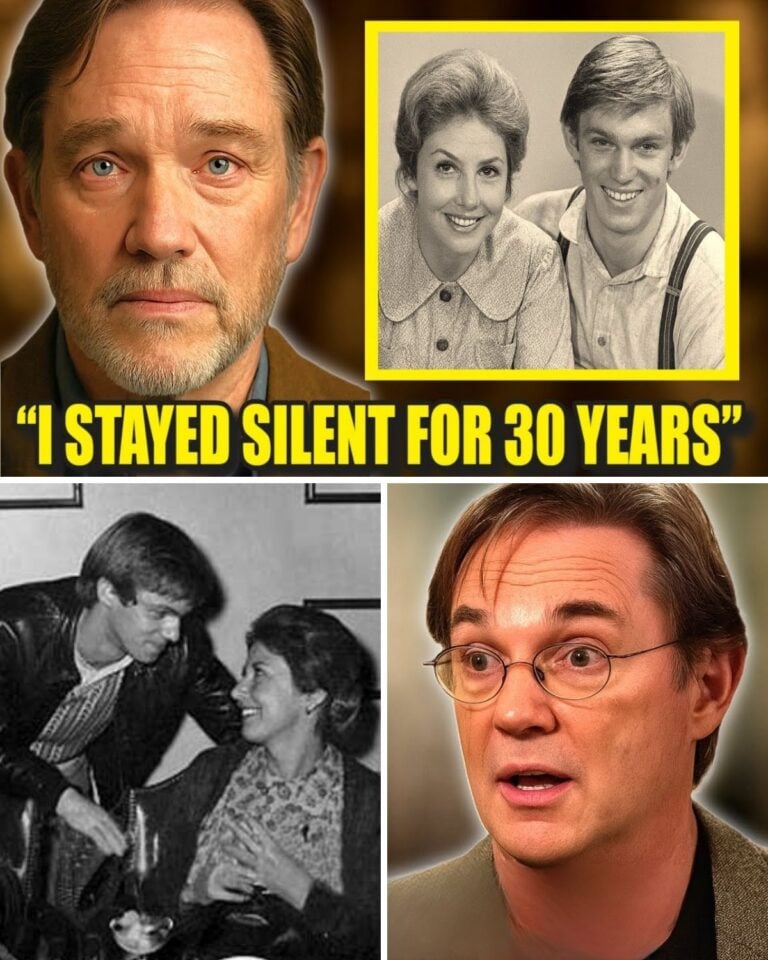In a stunning turn of events, detectives have used cutting-edge AI technology to enhance long-lost photographs from the infamous 1947 Black Dahlia murder case — and what they found could rewrite one of America’s darkest chapters.

For over 75 years, the brutal killing of 22-year-old Elizabeth Short, nicknamed The Black Dahlia, has remained one of Hollywood’s most terrifying unsolved mysteries. But new evidence revealed through AI image reconstruction has uncovered disturbing surgical precision in the mutilation of Short’s body — suggesting that her killer may have been a highly trained medical professional.
According to forensic analysts, the enhanced photographs expose clean, deliberate incisions matching surgical techniques found in 1930s medical textbooks. Investigators now believe these details were intentionally concealed in the original images due to poor resolution and decades of damage — details that point to a chilling theory: the killer may have been shielded by powerful figures in medicine, law enforcement, or even Hollywood itself.
Elizabeth Short’s tragic story began long before her murder. Abandoned, struggling, and chasing the dream of stardom, she wandered through Los Angeles in search of fame — only to meet an unspeakable fate. On January 15, 1947, her body was discovered in a vacant lot, cut in half and drained of blood, posed with eerie precision. The crime scene stunned the nation. Newspapers dubbed her The Black Dahlia, and her image became a symbol of lost innocence and Hollywood’s hidden darkness.

Now, with these AI-enhanced photographs, detectives are revisiting one name that never stopped haunting the case — Dr. George Hodel, a brilliant yet deeply sinister surgeon once suspected of the crime. Wiretaps from the early 1950s captured Hodel making cryptic and chilling remarks, including one that investigators have long viewed as a veiled confession. His connections to Hollywood’s elite and influence within Los Angeles’s upper circles only deepened the mystery.
The recently uncovered forensic evidence — analyzed by both human and AI experts — bears striking resemblance to procedures taught in Los Angeles medical schools where Hodel once studied. Detectives are now cross-referencing the newly enhanced imagery with historical medical records, suspect lists, and confidential police files long kept from the public.
“This isn’t just another theory,” one investigator said. “We’re seeing physical proof of surgical precision that only a skilled professional could achieve. The AI brought out details no human eye has seen in 75 years.”
The possibility of a cover-up has reemerged, with growing speculation that influential figures may have protected the killer. Some theorists point to corruption within the LAPD at the time, claiming that certain evidence was deliberately suppressed to preserve reputations and political alliances.
Still, as the digital reconstruction project continues, hope for justice for Elizabeth Short is once again alive. True crime historians and forensic experts worldwide are reanalyzing the evidence, while new leads pour in from amateur sleuths inspired by the AI findings.
For a case buried in secrecy and scandal for nearly eight decades, this revelation could be the breakthrough investigators have long prayed for.
And somewhere — in the heart of Los Angeles, beneath the glamour and the ghosts — the truth about the Black Dahlia may finally be preparing to rise from the shadows.





